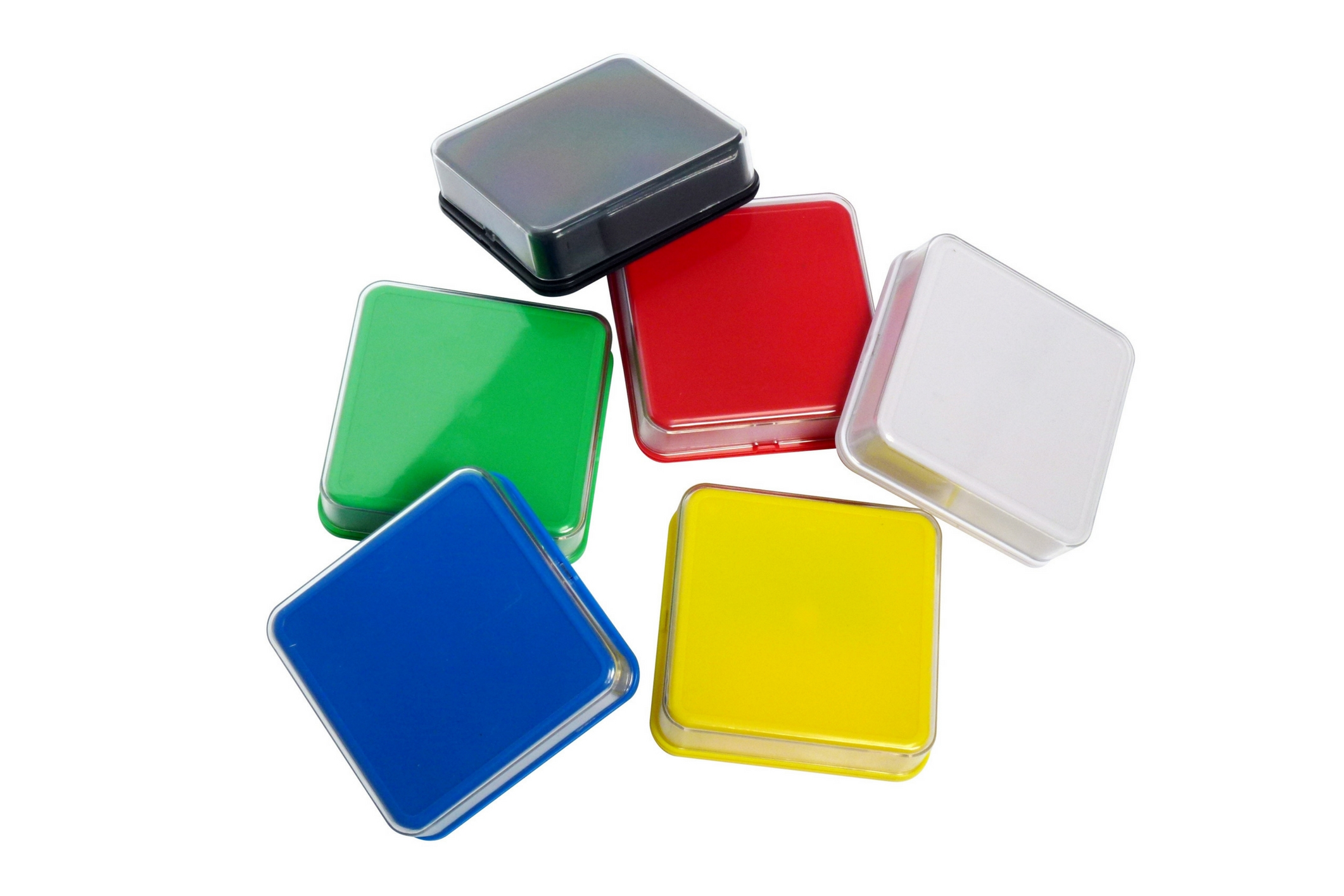BLOG


Tips for handwriting skills training in Special Needs Children
When a child experiences delay in development of fine motor skills, writing can be a tiring and frustrating task. If a child has a health condition that affects their nerves and muscles, or if they have a learning disorder, it’s easy to understand why it is difficult with learning to write. Special needs children, including those who have dyslexia, autism or ADHD, may not be able to find the energy, focus and practice needed to write.
Handwriting requires communication between the brain and the coordinated effort of the eyes, and the muscles of the hand, fingers, wrist, and forearm. The child needs to develop strength and dexterity needed for holding a pen or pencil while keeping the hand steady, even as it moves across the page and makes micro-movements to form letters.
Tips for Handwriting Skills Training in Special Needs Kids
If you want to help your child improve his handwriting skills, keep some of these things in mind:
- Start early: When your child begins showing interest in writing tools like pens or pencils, encourage their scribbles and help them make connections between the patterns they make. Try to help them create letters of the alphabet with these patterns.
- Try Handwriting teaching system:Find a handwriting teaching system for your child that includes workbooks and tools that include exercises to improve dexterity and letter formation. This gives you a framework to teach at home and provides consistency in instruction. Your child’s therapist can help you find customized approaches as per your child’s needs. These may include task-oriented approach, sensory-motor approach or a multisensory approach etc.
- Try Auditory Feedback: Have your child say letters and words as they write. This proves an auditory feedback and helps your child stay focused.
- Consistency is the key: Try to reinforce consistency and legibility, rather than perfection. Letter formation needn’t be precise, but you should be able to look at them and determine what they are. Use visual imagery and examples to help your child understand letter formation.
- Use comfort grip writing instruments: A comfortable grip helps reduce fatigue and places the child’s fingers where they should be. Comfort grip tools can be used to help ease the process. Something like the Pencil-Grip 3 Step Training Kit can help achieve comfort and control. It helps improve Crossover Grip, Pinch Grip and the Pencil Grip.
Apart from these, they are many interactive tools and fun toys that can help build strength and dexterity. You may have some of these items at home such as peg boards, child safe-scissors, and play dough or therapy putty. Cutting paper, pulling pieces off, playing thumb wrestling, molding and sculpting are great ways to enhance fine motor skills and strengthen the hands. All these can help a special needs child while he’s learning the ropes of handwriting.

